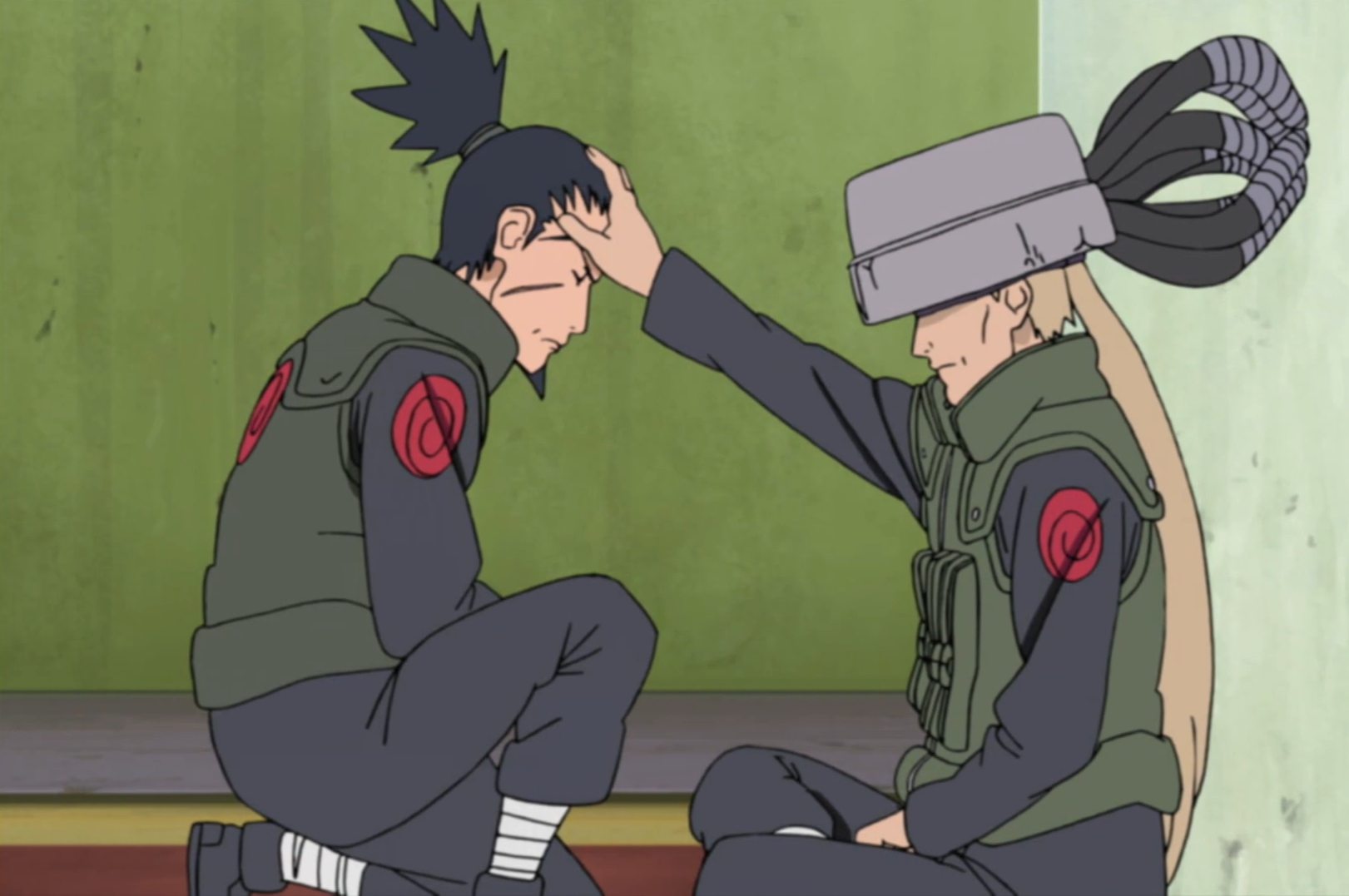16.1. CONTACT TELEPATHY
16.1. CONTACT TELEPATHY
***********************
About a century ago, experimenters introduced “mind reading” experiments which required physical contact between the demonstrator and a person serving as his subject. In simple form, such tests involved the finding of an object hidden in a place unknown to the demonstrator, but known to the subject, who in a sense mentally guided the demonstrator to his goal.
Skeptics soon argued that these demonstrations were not “mind reading” at all, but actually “muscle reading,” because the subject involuntarily exerted pressure on the demonstrator, thus pushing him along his way, or in some cases, restrained him. But as time went on the tests were greatly elaborated, and today skilled demonstrators of “contact teleplay” present experiments so complex that merely to term them “muscle reading” would be ridiculous.
In fact, a good contact mind reader never likes to have an eager subject, who provides shoves or other muscular actions, whether conscious or unconscious. Such “cues” are apt to prove more harmful than helpful. Sometimes they can actually be misleading, and in any case, if they are noticeable to onlookers, they spoil the demonstration.
The ideal subject should be something of a human transmitter, who merely THINKS of what the performer is supposed to do. The demonstrator then concentrates deeply, often keeping his eyes half closed, and tries to pick up the thought. When handled perfectly, there is no conscious effort on either person’s part and the result is sometimes uncanny.
At the same times “contact telepathy” is basically quite easy; the simpler tests may be worked by many persons. The matter of contact is important, however. One system is for demonstrator to grip the subject’s wrist, right upon left, or vice versa, so that they can move around the room side by side. Often, this may be helped if the demonstrator raises the subject’s hand, pressing its back against the demonstrator’s forehead.
Still another way is for the demonstrator and the subject to lock arms, rather loosely, either left to right or vice versa. Some demonstrators prefer to slide their arm under the subject’s, then bring their hand over to grip the subject’s wrist from above. But all this may be varied according to individual choice, the best way being the one that proves itself by test.
Some simple experiments follow, along with comments on what may happen during their performance.








Leave a Reply